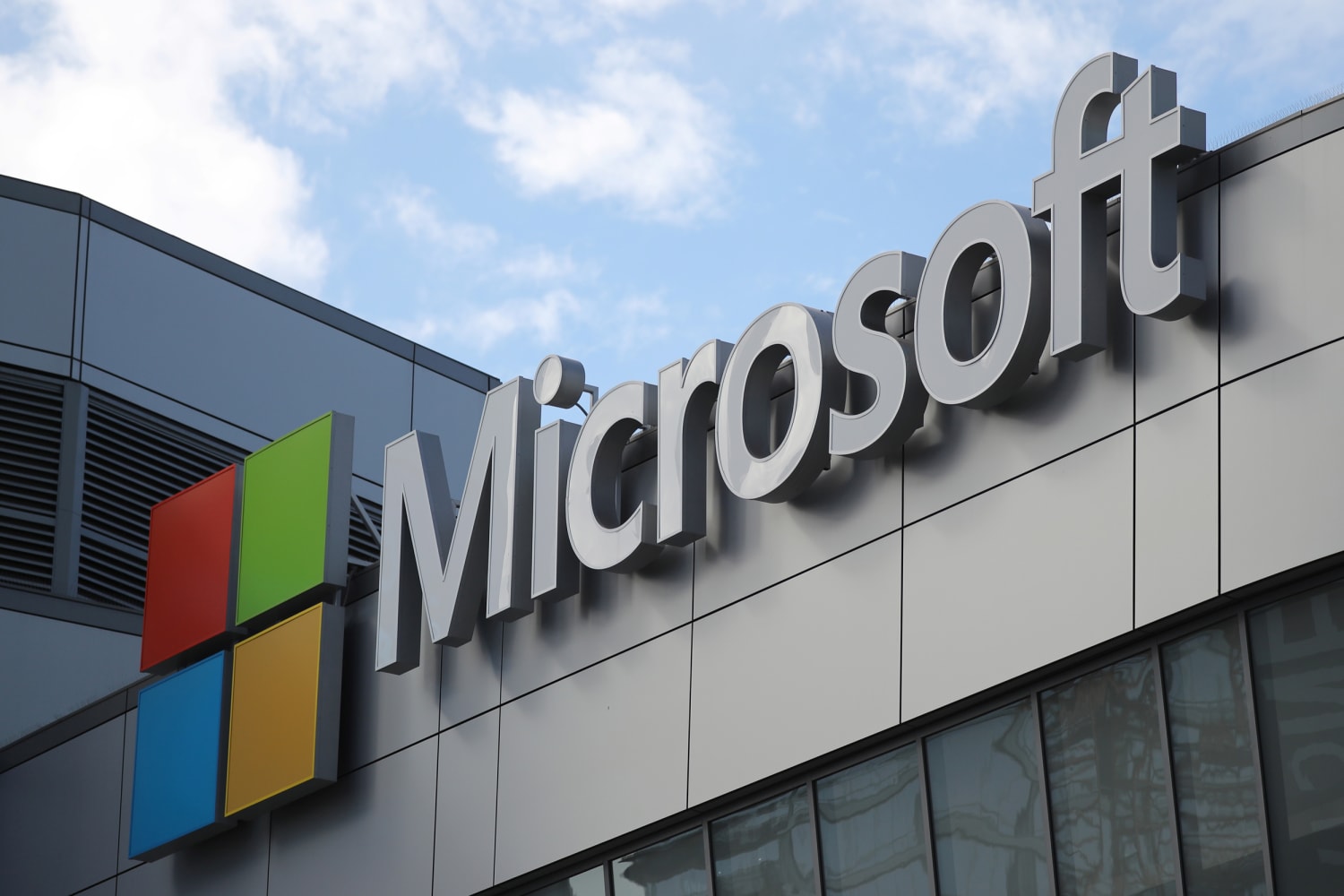Krishna C. Mukherjee is an established engineer, inventor and a senior executive. His career spans leading global companies, such as Microsoft, Wolters Kluwer and Bloomberg. His innovations have helped to shape the way businesses handle high volumes of information, allowing seamless operations and easier data organization.
Mukherjee developed unique solutions for automating workflows. He demonstrated how to perform complex transactions on the Internet. He created award-winning e-commerce websites and the Software as a Service (SaaS) model. He commercialized Artificial Intelligence (AI) technology in a major way.
Mukherjee’s contributions to global technological advancement are some of the most utilized assets for modern businesses. His software solutions help countless organizations to streamline their office functions and improve their operational efficiencies.
A Head Start in Information Technology and Product Development
Mukherjee’s career success is founded on a solid educational background. He completed his school education at Don Bosco School in Kolkata, India. He went on to study engineering at the prestigious Indian Institutes of Technology (IITs). Mukherjee earned his bachelor’s degree (B.Tech) in Electronics and Electrical Communication Engineering from IIT Kharagpur. He then attended IIT Kanpur, where he graduated with his master’s degree (M.Tech) in Computer Science and Engineering. He specialized in AI and Robotics. While at the IITs, Mukherjee conducted innovative research, wrote excellent theses and published papers in AI conferences.
In 1988, Microsoft recruited Mukherjee directly from IIT Kanpur to create the architecture, design and develop software products. At that time, Microsoft had started to gain footing in the software industry with its operating system product, MS-DOS.
Mukherjee served as Lead Architect and Engineer for Microsoft’s flagship software products. He led the design and development of many features and technologies for Office and Windows. These include Page layout and Printing, Spelling and Grammar, WordBASIC and VBA, Object Linking and Embedding (OLE) and Component Object Model (COM). Mukherjee utilized his research experience in AI to design and develop features, such as AutoFormat, Office Assistant and IntelliSense, for Office and Visual Studio.
Mukherjee’s amazing contributions helped Microsoft to become a household name and an industry leader.
Birth of INTELLIFM
In 1996, Mukherjee took on the opportunity with Wolters Kluwer to work on the high-volume forms publishing problem. In 1997-1998, he invented the Intelligent Filing Manager (INTELLIFM) to improve the way companies handle substantial volumes of information. INTELLIFM is customer-centric software that enables professionals to quickly process and organize the necessary information. Domain experts specify the user-interface elements in a declarative mark-up language and the business rules in natural language. When the business requirements change, the domain experts update the user-interface and the business rules using spreadsheets and a natural language processing tool. The software engineers do not have to modify the code written in multiple programming languages, compile, test and deploy the applications to handle frequent changes in the business requirements. Thus, the INTELLIFM software quickly responds to changes. It is easy to maintain, update and scale.
Mukherjee’s invention resulted in adaptable and powerful software applications that allow users to efficiently perform different types of filings in the 50 states of USA and Washington DC. It is a breakthrough for modern technology because it streamlines and automates business processes that otherwise take tedious, manual and time-consuming efforts to execute. Wolters Kluwer released CT Insurance Advantage in 1998. It is the first of the family of products based on the INTELLIFM technology. The software bundle focuses on insurance-related activities. It is targeted at government agencies, law firms and corporate customers. It offers significant applications for other businesses as well.
With the invention of INTELLIFM, Mukherjee cemented his place as one of the forerunners when it comes to software architecture and product development. He demonstrated how to achieve agility and collaboration by empowering domain experts and software engineers to work together seamlessly. He ushered in an era of utilizing AI for workflow automation.
Continued Contributions to Advanced Technology
After the release of CT Insurance Advantage, Mukherjee continued to contribute to advanced technology in a remarkable way. As the Chief Information Officer of Wolters Kluwer, he spearheaded the development of award-winning e-commerce websites, such as CTAdvantage.com and hCue.com. These websites are the first of their kind in the world. Mukherjee selected Windows servers to host these websites. Thus, he helped Microsoft to get recognized and established in the enterprise software market.
In the late 1990s and early 2000s, Mukherjee essentially created the Software as a Service (SaaS) model for transacting business on the Internet or the cloud. Large enterprises did not need to install and run applications on their computers or in their own data centers. Instead, they used Mukherjee’s websites to effectively manage dynamic information, speed up enterprise workflows and make critical business decisions. Over the years, the SaaS model has gained tremendous popularity in the software industry. This model has revolutionized the way software is developed, delivered and consumed today.
Mukherjee got deeply involved in the research and development that transitioned Wolters Kluwer from print-based publishing to digital products and services. The disruption in the business model has enabled Wolters Kluwer to lead the way as a global information services company.
Mukherjee’s principles regarding workflow automation became the focal point for the creation and development of new technologies on both Windows and open-source platforms. Inspired by the success of INTELLIFM, Mukherjee pioneered the creation of frameworks for generating graphical user interfaces specified in declarative mark-up languages. Microsoft developed Windows Presentation Foundation (WPF), Extensible Application Markup Language (XAML) and Silverlight technologies under Mukherjee’s leadership. Microsoft released a user interface design tool called Expression Blend. Like INTELLIFM, non-technical graphical designers use Expression Blend to generate the XAML. Expression Blend was integrated into Visual Studio and named as Blend. Designers and developers can work on the same project simultaneously in Blend and Visual Studio respectively.
Today, it is possible for technical and non-technical professionals to effectively collaborate and build elegant software solutions. This is exactly in accordance with Mukherjee’s vision.
Contributions to Finance Industry
As Mukherjee grew in his career, he found a new calling in the financial industry. From 2004 to 2011, he directed the development of strategic software applications for the global financial institutions Citadel, Bloomberg and UBS.

Krishna C. Mukherjee
One such application is the Bloomberg Valuation Service (BVAL). It is a new standard in valuation that provides credible, transparent and defensible prices for a broad spectrum of financial instruments including derivatives and structured notes. When it comes to pricing: traders, portfolio managers, risk committees, boards, regulators and ultimately the investor depend on the result. In BVAL, a rigorous process is applied to the data to generate prices that are rigorous, transparent and defensible. BVAL starts with the highest quality data integrated across a wide cross-section of market contributors. The data is scrubbed, cleansed and verified with every input and the output is tested for quality and consistency. Outliers, errors and inconsistencies are scrutinized and resolved.
Mukherjee created the pricing framework with well-defined architectural components, such as Security Adder, Front Door, Accumulator and Snapshot Engine. He researched and developed quantitative algorithms to price liquid and illiquid securities using market data and models. He designed BVAL to produce snapshots of security prices at designated times across the globe. The prices can be viewed on screen and can be consumed by calling services.
Bloomberg launched BVAL in 2008. In the early stages, BVAL priced a few thousand securities daily. The framework of BVAL allows it to scale rapidly to meet customer demands. At present, BVAL prices millions of securities daily. It has won many accolades and industry awards. Mukherjee and his team created this landmark product for the financial industry.
AutoPay and Omni-Chanel Retailing
Mukherjee’s exceptional knowledge of technology has motivated him to create innovative e-commerce and mobile applications for online reservations of parking, space management and omni-channel retailing.
In 2012, Mukherjee created an automated payment feature referred to as AutoPay. The AutoPay feature enables customers to make reservations and purchases online using their bank accounts or credit cards. The customers can set up instructions to arrange for the payments to be taken out at regular intervals. After the instructions are set up, the payments are automatically deducted from the customers’ accounts. AutoPay is convenient, economical and secure. It helps customers to avoid paying late fees and improve their credit scores. Companies, in turn, get paid on time. Thus, AutoPay has created peace of mind for both customers and businesses.
Icon Parking Systems (Icon) is the leader in providing parking services in Manhattan, New York City. It has more than 300 locations in Manhattan and the neighboring areas. More than 40,000 cars are parked daily at Icon’s locations. Icon’s customers use Mukherjee’s AutoPay feature for paying their bills. By offering this feature, Icon was relieved of the burden of processing cash and paper checks. The company became efficient and highly profitable. Since then, many brands choose to offer AutoPay with their services. Today, this feature is used worldwide across various industries.
Mukherjee is associated with KWI, a leading cloud-based platform provider that offers technology solutions to specialty retailers. He functions as a Senior Executive, leading the design and development of mobile and e-commerce applications for omni-channel retailing. Because of Mukherjee’s innovations, shoppers today can enjoy the convenience, ease and effortless process of purchasing products online, a major facet of modern retail technology.
In order to utilize his experience and knowledge, Mukherjee offers strategic management consulting services to premier organizations. He helps these organizations to create their enterprise architectures. He mentors teams to innovate in the areas of cloud computing, AI and blockchain technology. He trains them in Microsoft technologies.
Outstanding Contributions Over Decades
There are only a select few who can truly appreciate the intricacies that go into developing complex software applications. As end users, we often take advanced technologies for granted. We enjoy the outcomes these technologies generate and the way they make everyday life easy for us.
Taking the time to recognize visionaries like Mukherjee brings to light just how far we have come in the last few decades. Mukherjee’s contributions have paved the way for life as we know it today, making him an iconic personality in the realms of Information Technology and Product Development.
Dil Bole Oberoi





